In the field of medical injection molds, every tiny component can have a significant impact on the final product's quality and performance. Inserts, as an indispensable part of medical injection molds, play a crucial role. They not only affect the manufacturing precision and service life of the molds but also directly relate to the quality, safety, and production efficiency of medical products.
Enhancing Mold Manufacturing Precision
Medical products have extremely high requirements for dimensional and shape accuracy because any minor deviation may affect their adaptability and functionality within the human body. Inserts contribute to higher precision control during mold manufacturing.
By precisely designing and manufacturing inserts, it is possible to achieve accurate shaping of complex mold cavity shapes. For example, for some medical injection-molded parts with tiny holes, special textures, or complex curved surfaces, such as artificial joints and miniature medical device shells, inserts can be separately processed according to design requirements and then assembled into the mold. This separate processing method can fully utilize high-precision processing equipment and processes to ensure that the dimensional accuracy of the inserts reaches the micron level, thereby guaranteeing the precision of the entire mold cavity and enabling the injection-molded medical products to precisely meet the design specifications.
In addition, inserts can also compensate for errors that may occur during mold manufacturing. During the processing and assembly of molds, due to various factors, some minor deviations are inevitable. By reasonably designing and using inserts, these deviations can be fine-tuned to ensure that the mold ultimately meets the required precision standards and improves the qualification rate of medical products.
Improving Mold Durability and Maintainability
Medical injection molds often need to withstand high-frequency use and complex working environments, so their durability is of great importance. The use of inserts can significantly enhance the mold's durability.
In key areas of the mold, such as cores and cavities that are prone to wear, adopting an insert structure can concentrate the wear on the inserts rather than the entire mold. When the inserts affect product quality due to wear, only the worn inserts need to be replaced, without the need for large-scale repair or replacement of the entire mold, greatly reducing mold maintenance costs and downtime. For example, when producing syringe plungers that frequently come into contact with plastic, using wear-resistant inserts at the corresponding positions in the mold can effectively extend the mold's service life and ensure production continuity.
At the same time, the design of inserts also makes mold maintenance more convenient. Since inserts are independent components, when maintenance or replacement is required, operators can relatively easily remove and install them from the mold, reducing the difficulty and time required for maintenance work. For medical product manufacturing enterprises, this means being able to resume production more quickly, improving production efficiency, and meeting market demands.
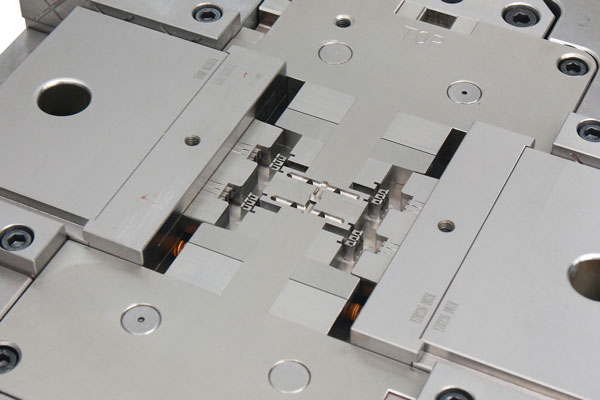
Optimizing Medical Product Quality
The quality of medical products is directly related to the health and safety of patients, so it is essential to ensure that they have good physical, chemical, and biocompatibility properties. Inserts play a crucial role in optimizing medical product quality.
From the perspective of material selection, inserts can be made of different materials according to the special requirements of medical products. For example, for some medical products that need to be in direct contact with human tissues, inserts can be made of materials with good biocompatibility, such as stainless steel and titanium alloys, to ensure that the products do not cause adverse reactions in the human body during use. At the same time, by reasonably selecting the hardness and wear resistance of the insert materials, the surface finish and dimensional stability of the products during the injection molding process can be guaranteed, reducing surface flaws and defects in the products and improving their overall quality.
In addition, inserts can also control the flow of plastic during the injection molding process. By optimizing the structure and layout of the inserts, the flow speed and pressure distribution of the plastic in the mold cavity can be adjusted to avoid injection defects such as insufficient filling, bubbles, and sink marks. This is particularly important for some medical products with high requirements for structural integrity, such as heart stents and vascular catheters, ensuring that the products can function normally in complex physiological environments.
Meeting Diverse Design Requirements
With the continuous development and innovation of medical technology, the design of medical products is becoming more and more diverse and complex. Inserts provide greater flexibility for the design of medical injection molds and can meet various complex design requirements.
When designing new medical products, frequent modifications and adjustments to the mold may be required. Adopting an insert structure allows for rapid mold modification without changing the overall framework of the mold. For example, when it is necessary to change the shape, size, or function of a medical product, only the corresponding inserts need to be redesigned and manufactured and then installed in the mold, greatly shortening the mold development cycle and cost.
In addition, inserts can also achieve special functions and structures. For example, by setting up special cooling channels or heating elements on the inserts, the temperature distribution of the mold can be precisely controlled to improve the quality and efficiency of injection molding. For some medical products that require special optical or electromagnetic properties, inserts can be designed using corresponding materials and structures to meet the special requirements of the products.
In conclusion, inserts play a vital role in medical injection molds. They not only enhance the manufacturing precision and durability of the molds, optimize the quality of medical products, but also meet the diverse design requirements of medical products. As the medical product manufacturing industry continues to pursue high quality and high efficiency, the reasonable design and application of inserts will become a key factor in improving the performance and production level of medical injection molds. With the continuous advancement of technology, the design and manufacturing of inserts will also continue to innovate and improve, providing stronger support for the development of the medical product industry.
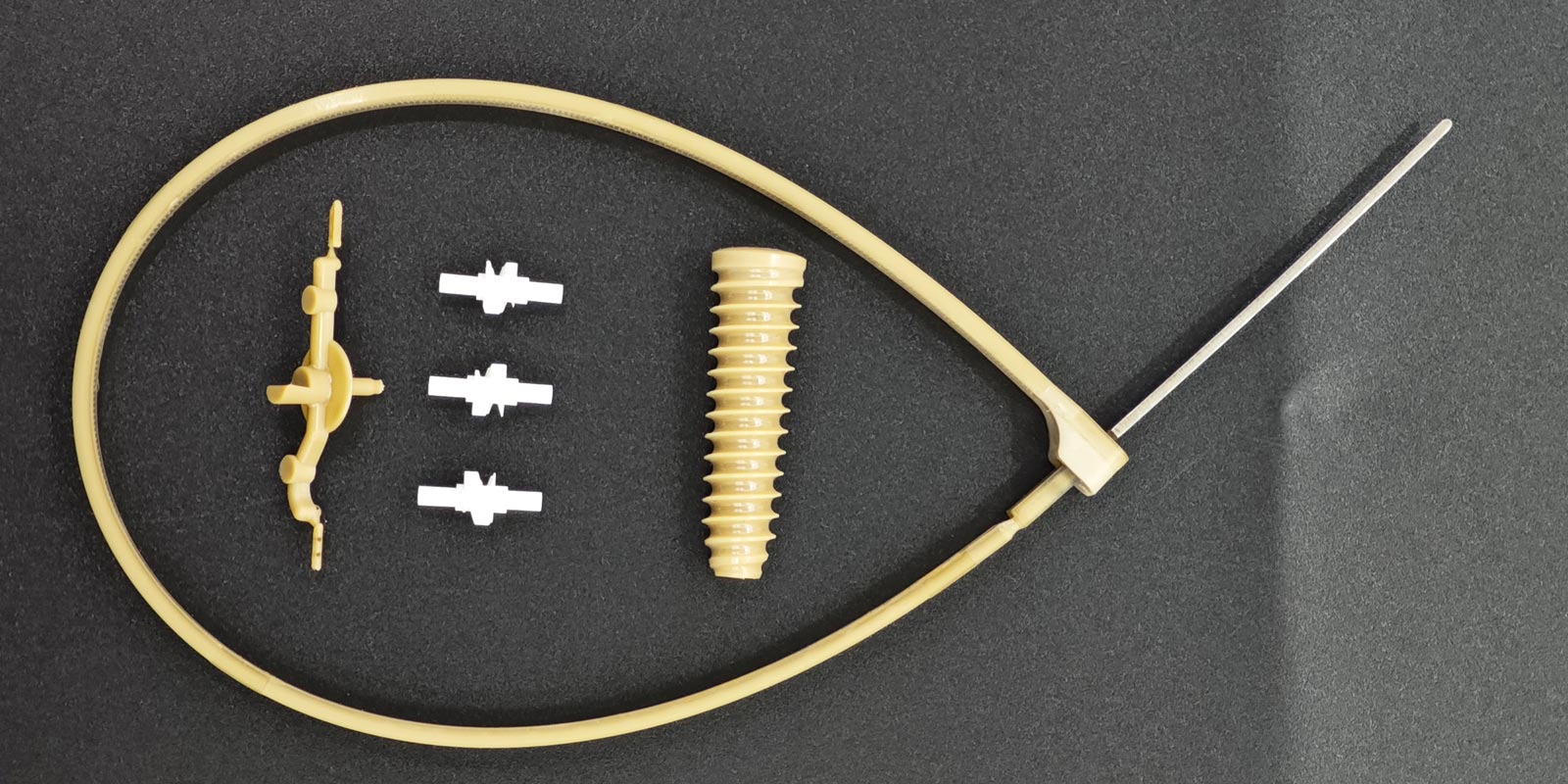
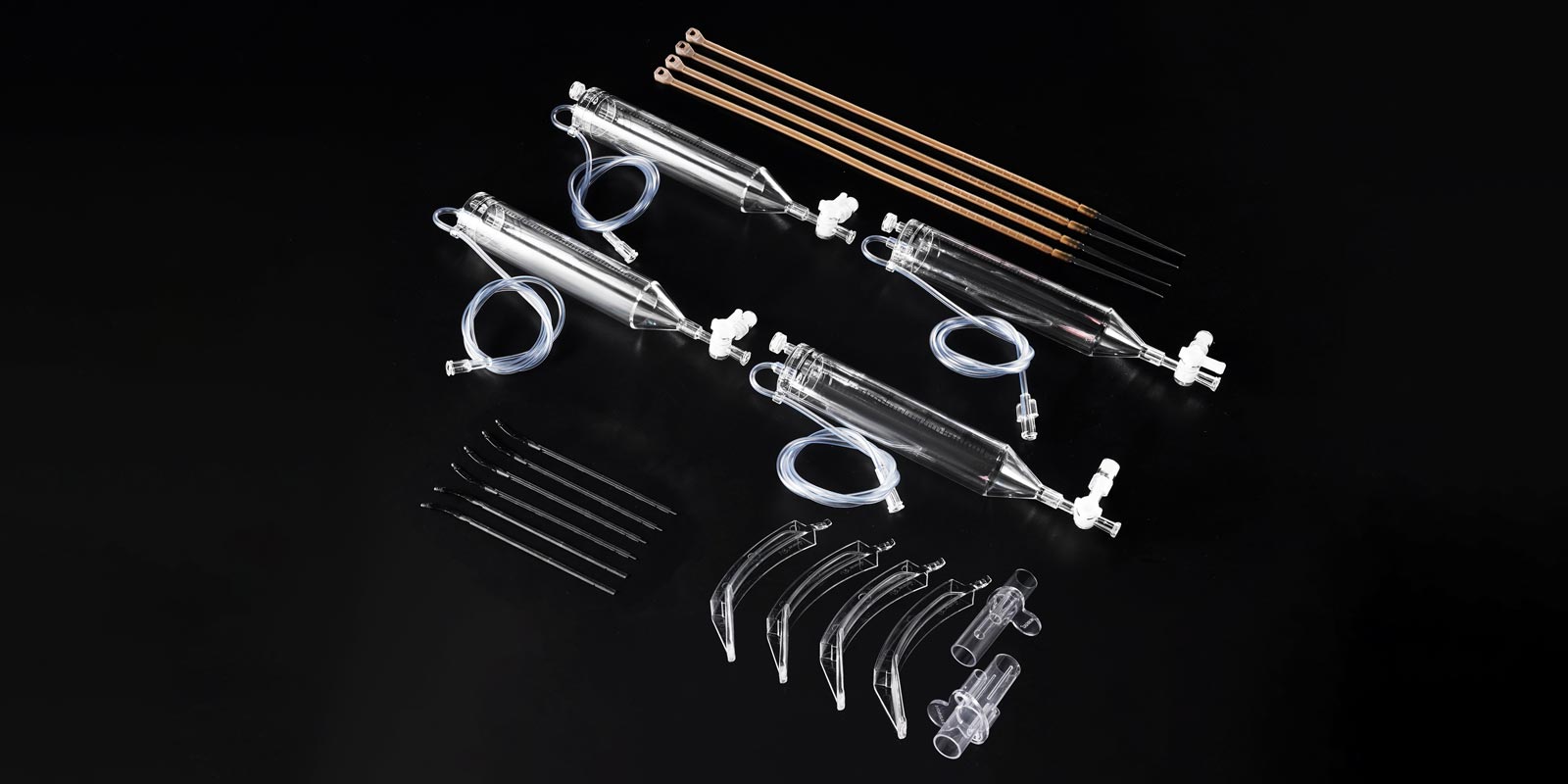
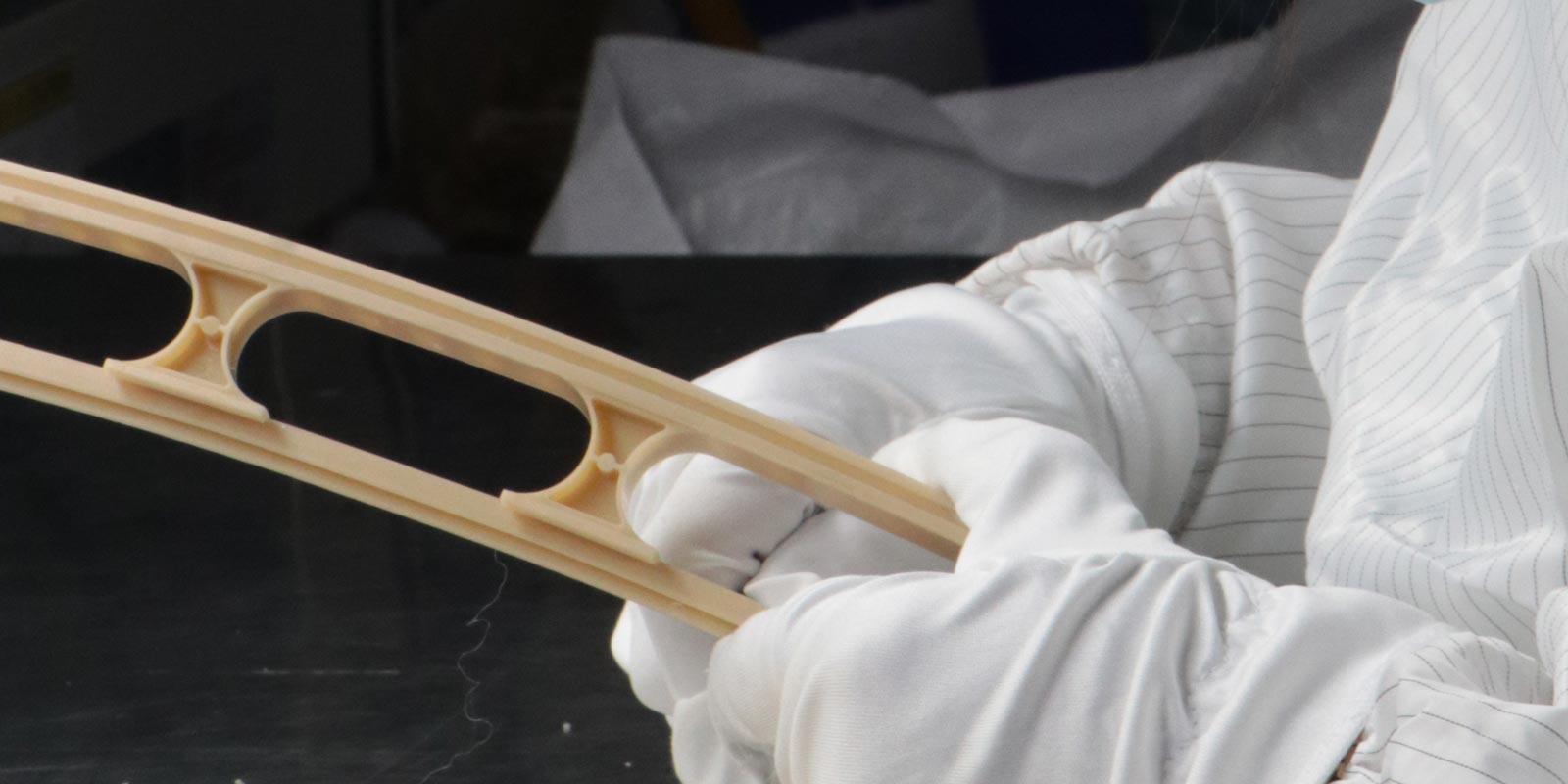
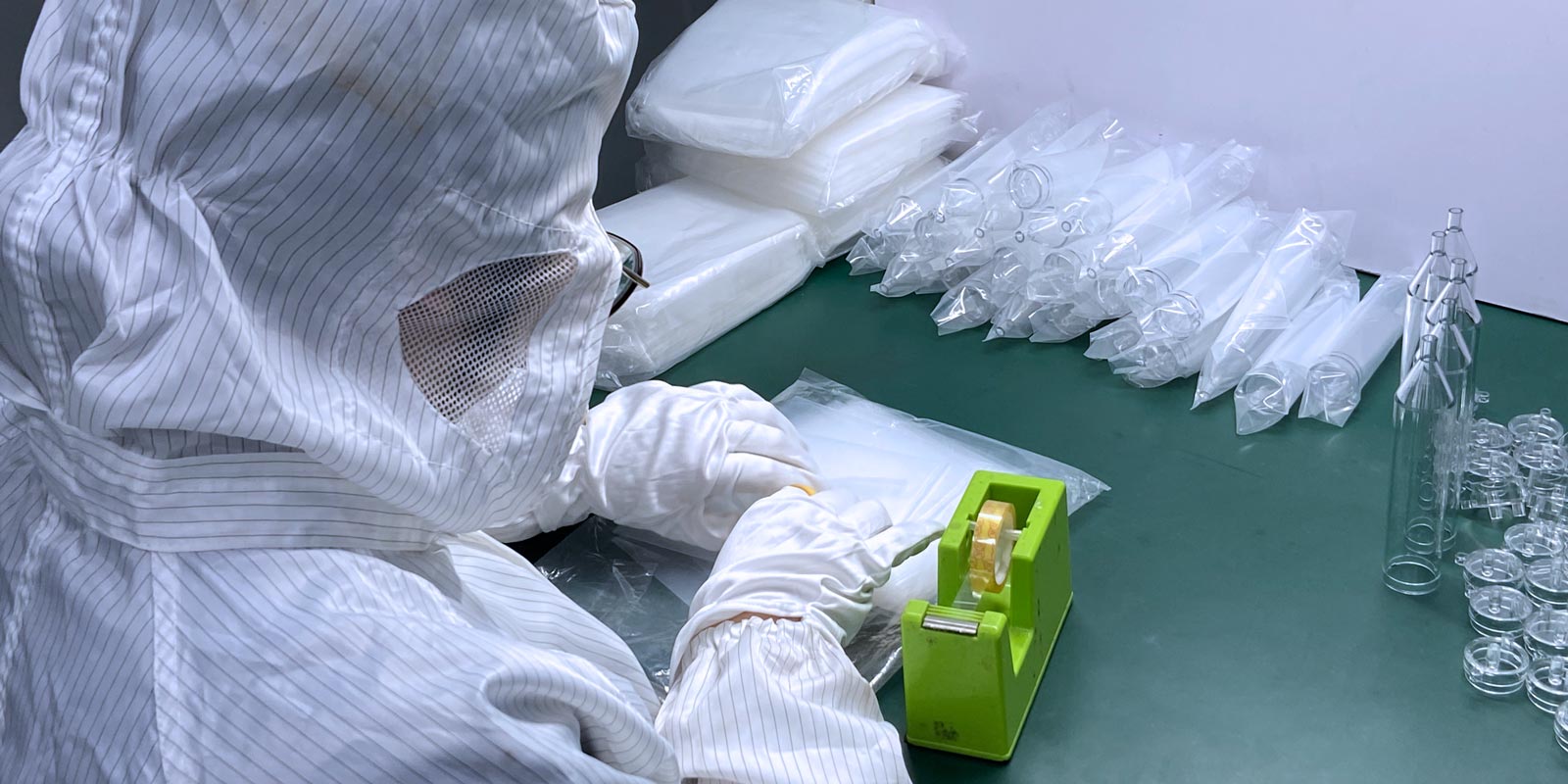
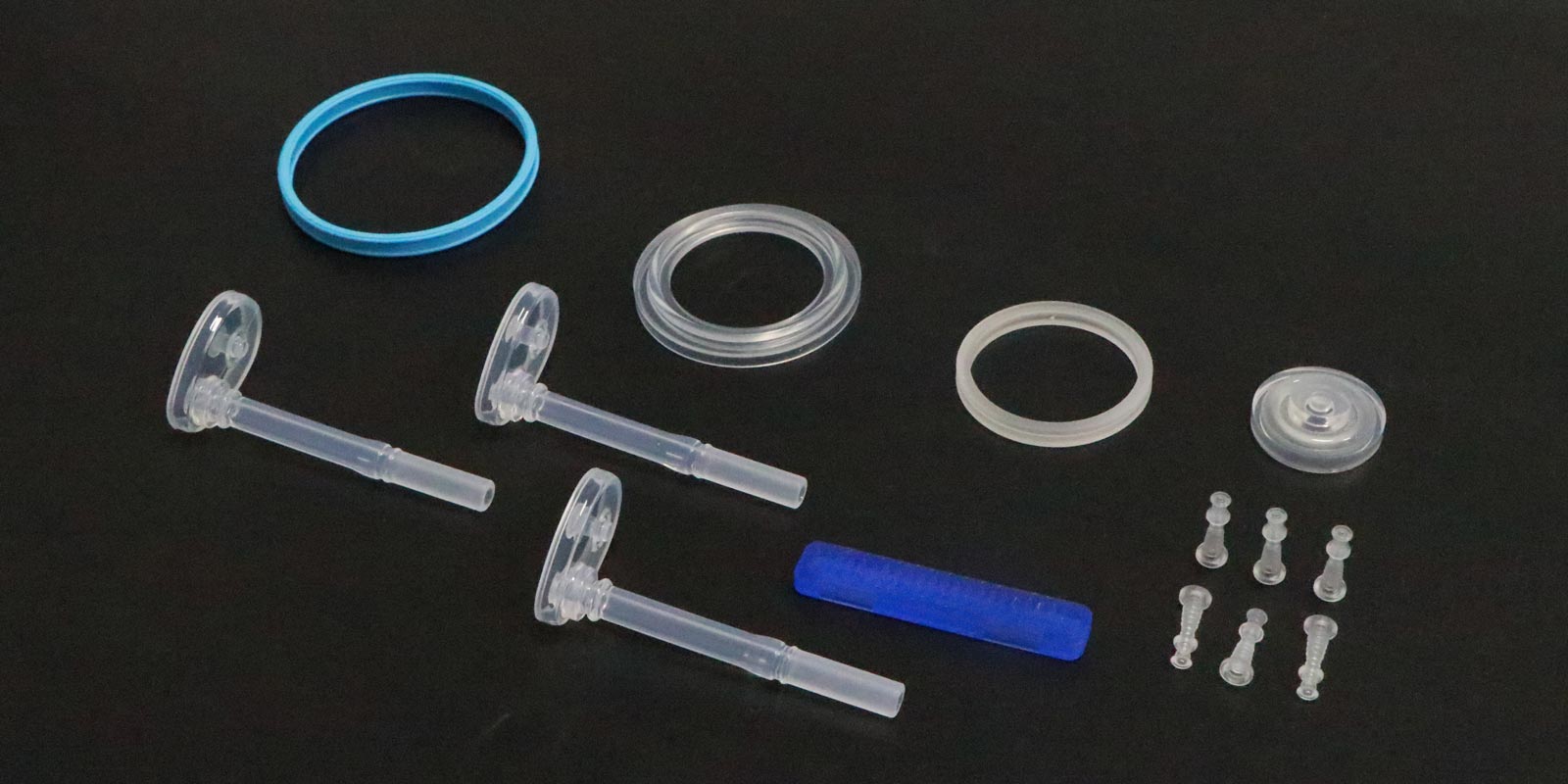











 Home
Home
